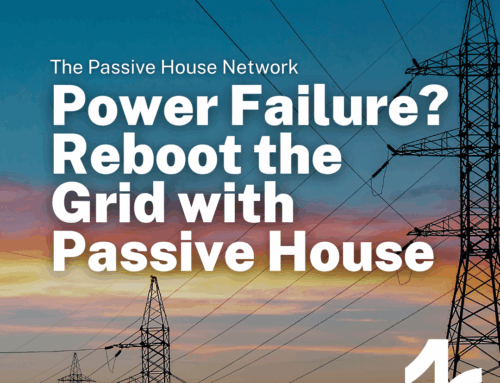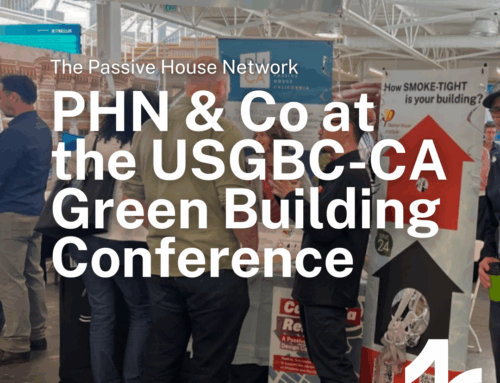
Interested in Passive House and don’t know where to start? Join us for an Introductory course and change the way you think about building.
November 12th, 10 AM – 4 PM EST. Worth 6 AIA HSW/LUs
Passive House goals and methodology change the way architects and builders think and work, making the architectural design itself a driver of climate, health, and social solutions. This is a 6-hour course that dives into the basic principles, history, certification, and the new frontiers of Passive House design as it continues to challenge and change industry expectations. All theory is then illustrated through several East Coast and Maine based case studies outlining specific Passive House principles.
All participants will receive webinar link via email. REGISTER HERE
Prerequisite Knowledge:
General knowledge about sustainable building design.
HSW Justification:
This course covers critical aspects of building science and high-performance construction, to deliver healthy indoor air quality (including mitigating virus spread with 100% fresh air ventilation), resilience, allowing occupants to shelter-in-place in storm outages, and the economic security of minimized utility costs – all while aggressively helping mitigate the climate crisis.
Learning Objective 1:
Outline the 5 basic principles of Passive House design and how each principle contributes to the health, safety and welfare of occupants.
Learning Objective 2:
Describe why and how hygienic ventilation is an essential defining component of Passive House design and operation. And outline how the Passive House design focuses on very good energy efficiency which results in side-benefits like great occupant thermal and acoustic comfort, improved occupant health outcomes, and economic affordability.
Learning Objective 3:
Outline the major Passive House tools: PHPP, DesignPH and Therm, and provide an overview of the tools in correlation with data-driven design.
Learning Objective 4:
Understand how to get from where the participant is now to building a building adhering to the international passive house standard through applicable case studies. And illustrate the data-driven’ design process used to help projects meet their comfort, durability and climate goals.




